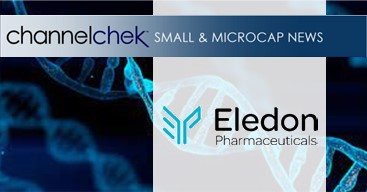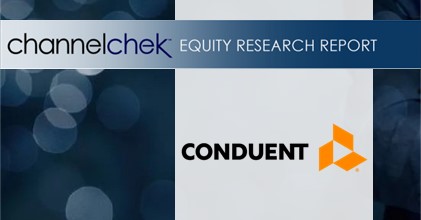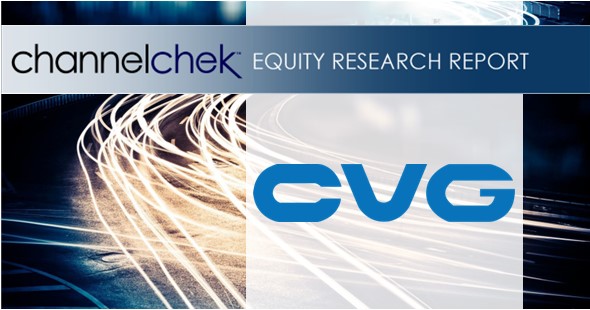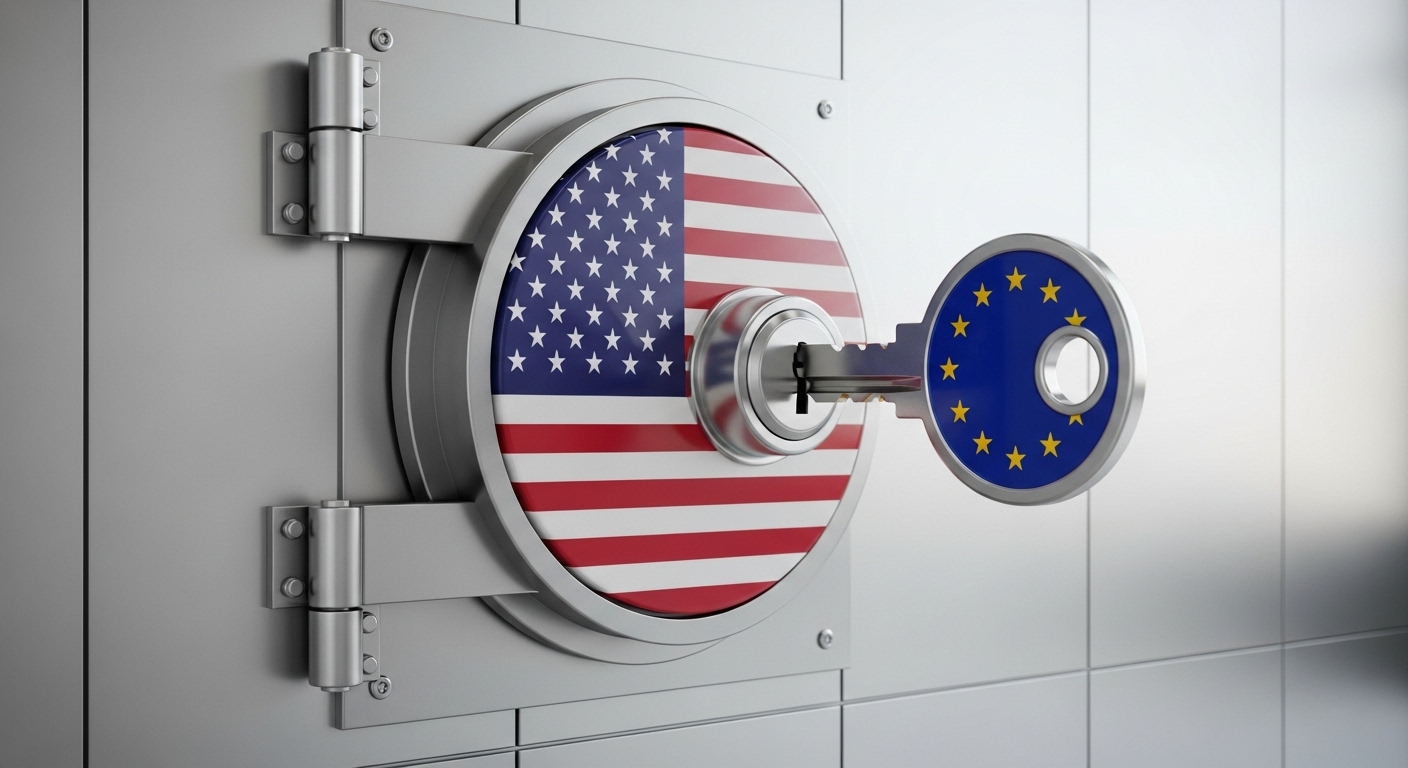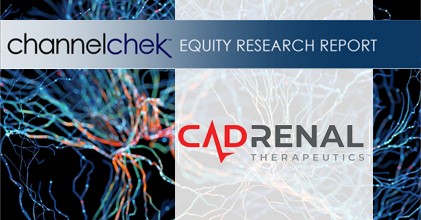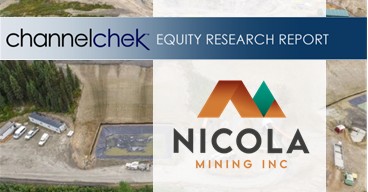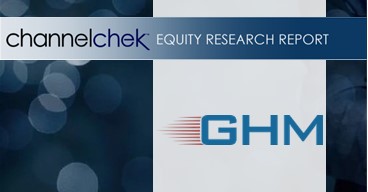November 12, 2025
IRVINE, Calif., Nov. 12, 2025 (GLOBE NEWSWIRE) — Eledon Pharmaceuticals, Inc. (“Eledon”) (NASDAQ: ELDN), today announced the pricing of its underwritten public offering of (i) 15,152,485 shares of its common stock at a public offering price of $1.65 per share and (ii) in lieu of common stock to certain investors, pre-funded warrants to purchase up to an aggregate of 15,151,515 shares of common stock at a public offering price of $1.649 per pre-funded warrant. The pre-funded warrants will be immediately exercisable and will have an exercise price of $0.001 per share. The gross proceeds from the offering, before deducting underwriting discounts and commissions and offering expenses, are expected to be approximately $50 million. In addition, Eledon has granted to the underwriters a 30-day option to purchase up to 4,545,600 additional shares of common stock at the public offering price, less underwriting discounts and commissions. All of the shares of common stock and pre-funded warrants in the offering are to be sold by Eledon. The offering is expected to close on or about November 13, 2025, subject to the satisfaction of customary closing conditions.
Leerink Partners, Cantor and LifeSci Capital are acting as joint book-running managers for the offering.
Eledon currently intends to use the net proceeds from the offering to support the continued clinical development of its product candidates and advance its pipeline programs as well as for general corporate purposes.
The offering is being made pursuant to a registration statement on Form S-3 (File No. 333-282260), previously filed with the Securities and Exchange Commission (the “SEC”) on September 20, 2024 and declared effective on October 2, 2024. The offering is being made only by means of a prospectus and prospectus supplement that form a part of the registration statement. A preliminary prospectus supplement and accompanying prospectus relating to the offering was filed with the SEC on November 12, 2025 and a final prospectus supplement relating to the offering will be filed with the SEC and available on the SEC’s website at www.sec.gov. Copies of the final prospectus supplement and the accompanying prospectus, once available, may also be obtained by contacting Leerink Partners LLC, Attention: Syndicate Department, 53 State Street, 40th Floor, Boston, Massachusetts 02109, by telephone at (800) 808-7525, ext. 6105, or by email at syndicate@leerink.com, or Cantor Fitzgerald & Co., Attention: Capital Markets, 110 East 59th Street, 6th Floor, New York, NY 10022, or by email at prospectus@cantor.com. The final terms of the proposed offering will be disclosed in a final prospectus supplement to be filed with the SEC.
This press release shall not constitute an offer to sell or the solicitation of an offer to buy, nor shall there be any sale of, these securities in any state or jurisdiction in which such offer, solicitation or sale would be unlawful prior to the registration or qualification under the securities laws of any such state or jurisdiction.
About Eledon Pharmaceuticals and tegoprubart
Eledon Pharmaceuticals, Inc. is a clinical stage biotechnology company that is developing immune-modulating therapies for the management and treatment of life-threatening conditions. Eledon’s lead investigational product is tegoprubart, an anti-CD40L antibody with high affinity for the CD40 Ligand, a well-validated biological target that has broad therapeutic potential. The central role of CD40L signaling in both adaptive and innate immune cell activation and function positions it as an attractive target for non-lymphocyte depleting, immunomodulatory therapeutic intervention. Eledon is building upon a deep historical knowledge of anti-CD40 Ligand biology to conduct preclinical and clinical studies in kidney allograft transplantation, xenotransplantation, and amyotrophic lateral sclerosis (ALS). Eledon is headquartered in Irvine, California.
Forward-Looking Statements
This press release contains “forward-looking statements” within the meaning of the Private Securities Litigation Reform Act of 1995 that involve substantial risks and uncertainties, including statements regarding Eledon’s expectations on the timing and completion of the offering and the anticipated use of proceeds therefrom. No assurance can be given that the offering will be completed on the terms described. Forward-looking statements are inherently uncertain and are subject to numerous risks and uncertainties, including market conditions, failure of customary closing conditions and the risk factors and other matters set forth in the preliminary prospectus supplement and final prospectus supplement that will be filed with the SEC and other risks and uncertainties that could cause Eledon’s actual results to differ materially from the forward-looking statements contained herein are discussed in the company’s quarterly 10-Qs, annual 10-K, and other filings with the SEC, which can be found at www.sec.gov. Any forward-looking statements contained in this press release speak only as of the date hereof and not of any future date, and the company expressly disclaims any intent to update any forward-looking statements, whether as a result of new information, future events or otherwise.
Investor Contact:
Stephen Jasper
Gilmartin Group
(858) 525 2047
stephen@gilmartinir.com
Media Contact:
Jenna Urban
CG Life
(212) 253 8881
jurban@cglife.com
Source: Eledon Pharmaceuticals
